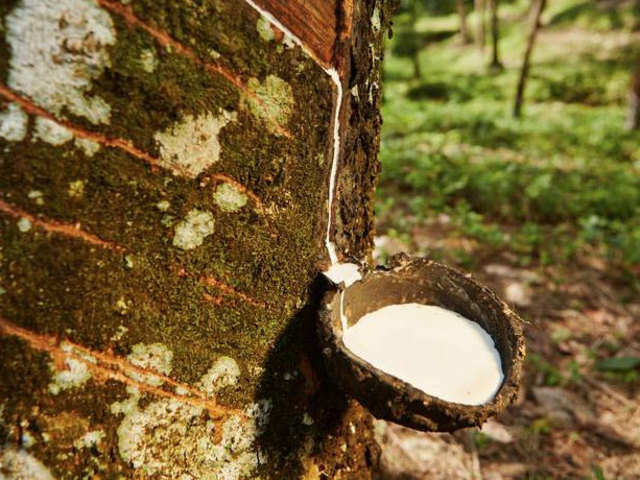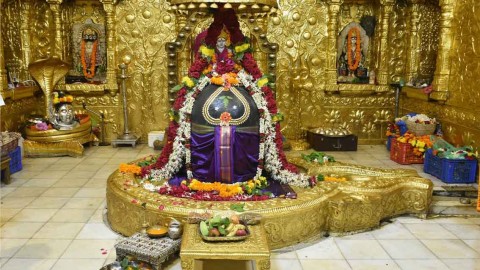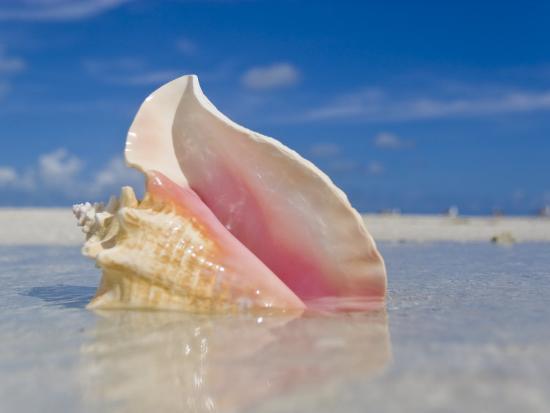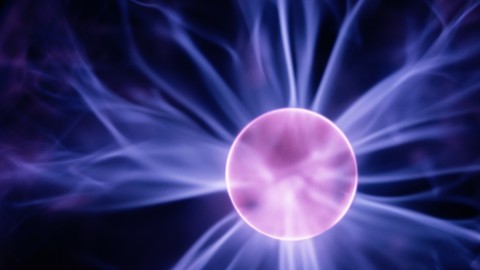Types and Usage
Rubber can be defined as a sticky, elastic solid which is produced from a milky liquid known as latex obtained from various types of rubber trees.
Different Types of Rubber
There are basically two broad categories into which the rubber types can be placed. These are- Natural Rubber and Synthetic Rubber. Sometimes vulcanized rubber is also taken to be a type of rubber. Lets know about all these types of rubber.
Natural Rubber: The elastic material which is obtained from the latex sap of trees is called natural rubber. Natural rubber can be vulcanized and finished into a various types of rubber products.
Natural rubber, when purified, is the chemical polyisoprene. This chemical can be produced synthetically. Synthetic rubber can be used extensively in many applications and products. Much of which you use today. Rubber is extremely waterproof. It is also flexible and can stretch.
Synthetic Rubber: Any kind of artificial elastomer (a polymer) is called synthetic rubber. An elastomer can be defined as a material having the property of elasticity. Thus, the type of rubber made from chemicals to act as the substitute for natural rubber is the synthetic rubber. There are various types of polymers used for making synthetic rubber types. Due to this, different types of synthetic rubbers have different properties that are tailored for specific needs of rubber products industries.
Synthetic rubber exceeded the production of natural rubber by the early 1960s. Today, synthetic rubber is used in a variety of industrial applications, including printing. Most printers, including large-scale commercial printers, use rubber covered rollers to get the job done.
Vulcanized Rubber: Vulcanized rubber, though made from natural rubber, is sometimes taken to be a separate kind of rubber. Natural rubber, in its original form, is not suitable for industrial or commercial purposes. In fact, natural rubber has many such properties that decreases its usability as commercial rubber type.
Vulcanization, thus, is the chemical process used for converting rubber or related polymers into more durable materials by adding sulfur or equivalent curatives. For example, if 5% of sulphur is used during vulcanization, it will produce tyre rubber. Ebonite is made by adding 20 to 25% sulphur and battery case rubber is made by adding 30% of Sulphur during vulcanization. Other products made from hard vulcanized rubber include bowling balls and saxophone mouth pieces etc. Less harder vulcanized rubber is used for making various household and industrial rubber products like shoe soles, hoses etc.
Rubber has many uses. Long recognized for its cushioning properties and flexibility it was historically used for mats seating and sleeping. However when Dunlop put it on the wheel rim of his son’s cycle and it led his son to win the school race it pioneerd a major new use creating a multi million dollar company that claimed that “Dunlop is Dunlop. Always ahead” and many competitors and imitators.
Another use of the rubber is in the hands of learners. It allows us to experiment and make mistakes. To erase and to correct. And has thus spurred innovation just as much as the pencil.











